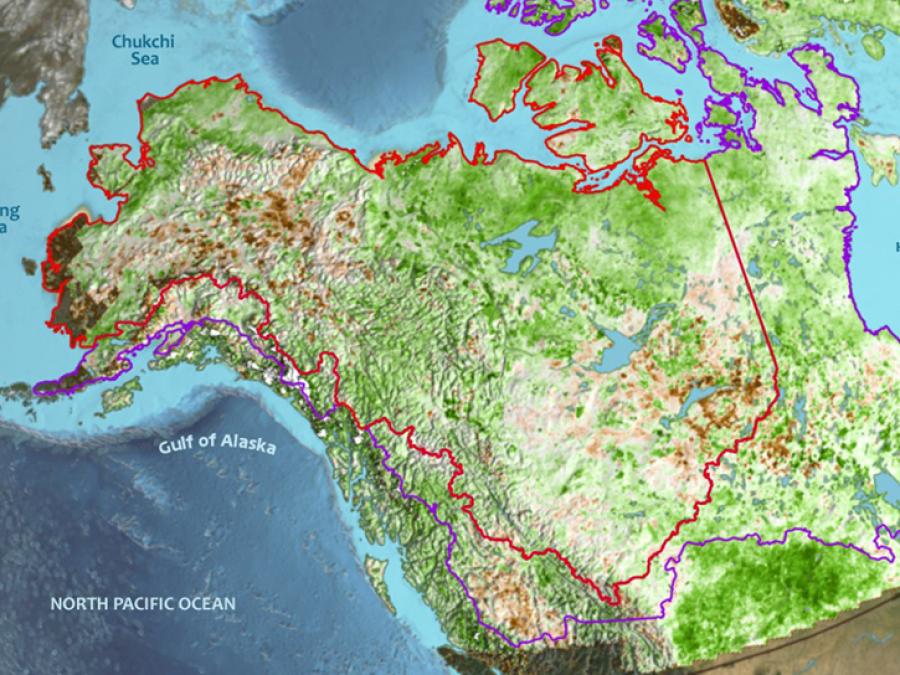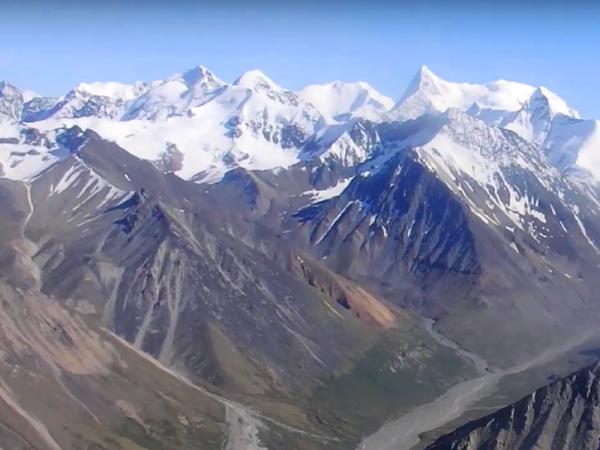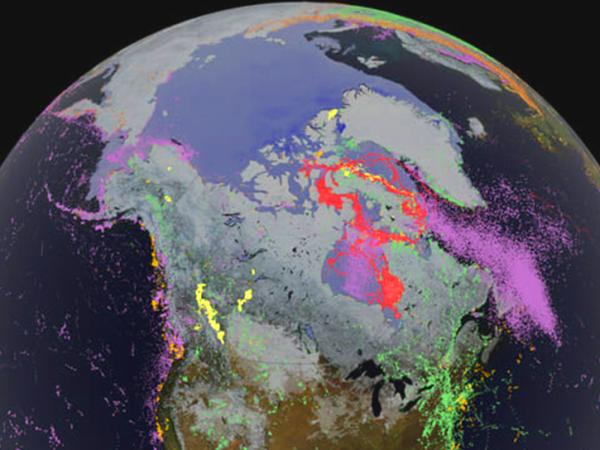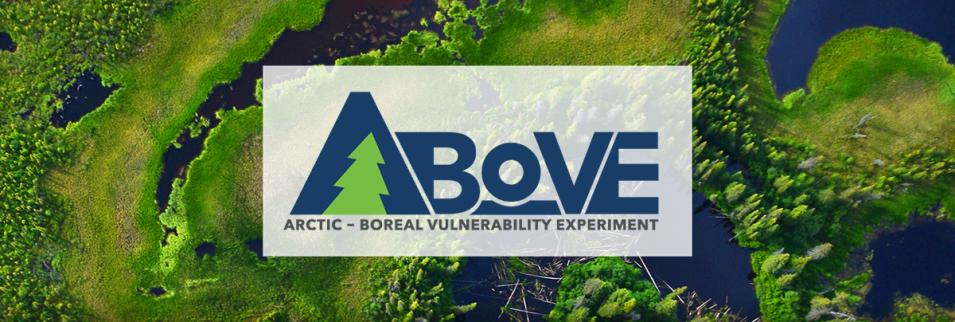| Study Dates | 2017 - 2026 |
|---|---|
| Season of Study | Year-round |
| Region | Alaska, Northwestern Canada, Circum-polar |
| Focus Areas | Carbon Cycle and Ecosystems Climate Variability and Change |
| Scientific Topics | Atmospheric Chemistry Atmospheric Temperature Atmospheric Water Vapor Atmospheric Winds Cryospheric Indicators Ecological Dynamics Ecosystems Frozen Ground Geomorphic Landforms/Processes Infrared Wavelengths Land Use/Land Cover Natural Hazards Precipitation Snow/Ice Soils Surface Radiative Properties Surface Water Terrestrial Hydrosphere Indicators Topography Vegetation Visible Wavelengths |



ABoVE
The Arctic-Boreal Vulnerability Experiment (ABoVE) is a field campaign conducted in Alaska and western Canada, for 8 to 10 years, starting in 2015. Research for ABoVE linked field-based, process-level studies with geospatial data products derived from airborne and satellite sensors, providing a foundation for improving the analysis and modeling capabilities needed to understand and predict ecosystem responses to, and societal implications of, climate change in the Arctic and Boreal regions.
Data Centers
Funding Programs
| Platform | Instrument(s) |
|---|---|
| Gulfstream III | Uninhabited Aerial Vehicle Synthetic Aperture Radar (UAVSAR) Airborne Microwave Observatory of Subcanopy and Subsurface P-band (AirMOSS) |
| Permanent Land Site | FLUXNET |
| Beechcraft B-200 King Air | Airborne Visible InfraRed Imaging Spectrometer - Next Generation (AVIRIS-NG) Land, Vegetation, and Ice Sensor (LVIS) Air Surface Water and Ocean Topography (AirSWOT) Airborne Visible/Infrared Imaging Spectrometer - 3rd Generation (AVIRIS-3) |
| Twin Otter | NEON Airborne Observatory Platform Chlorophyll Fluorescence Imaging Spectrometer (CFIS) |
| Beechcraft King Air A90 | Goddard’s LiDAR Hyperspectral & Thermal Imager (G-LiHT) |
| Dornier 228 | Flugzeug Synthetic Aperture Radar (F-SAR) |
| Mooney Ovation | Atmospheric Carbon Instrument Suite (ATM-C) |
| Gulfstream V | Land, Vegetation, and Ice Sensor (LVIS) |
| Basler BT-67 | Uninhabited Aerial Vehicle Synthetic Aperture Radar (UAVSAR) |
The ABoVE deployment in 2017 is sometimes referred to as the "ABoVE Airborne Campaign (ACC)" with following years supplementing the data collected in 2017. User can access multiple shapefile formats for the study region boundary.
The following resources provide additional information about the ABoVE campaign.
- NASA's ABoVE Project Website
- Overview publication in Environmental Research Letters
- ABoVE Profiles Dashboard
